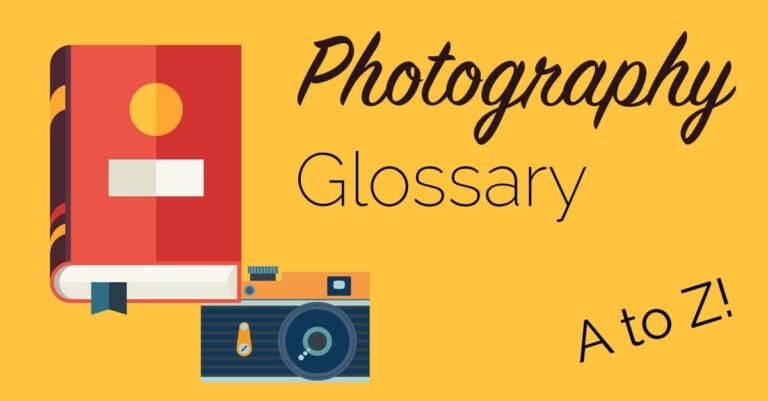Retouching
What Is Retouching and How Is It Used in Photography? When talking about photography, specifically post-processing and image editing, the term ‘retouching’ refers to any process used to alter an image physically, in the case of film or, digitally in the case of digital images to improve the images appearance. Retouching can be used to remove a variety image defects for example dust or dirt on an lens or image sensor or, as is widely seen in fashion publications the physical defects of a model’s skin. Modern digital retouching is carried out in photo editing software using numerous tools such …

